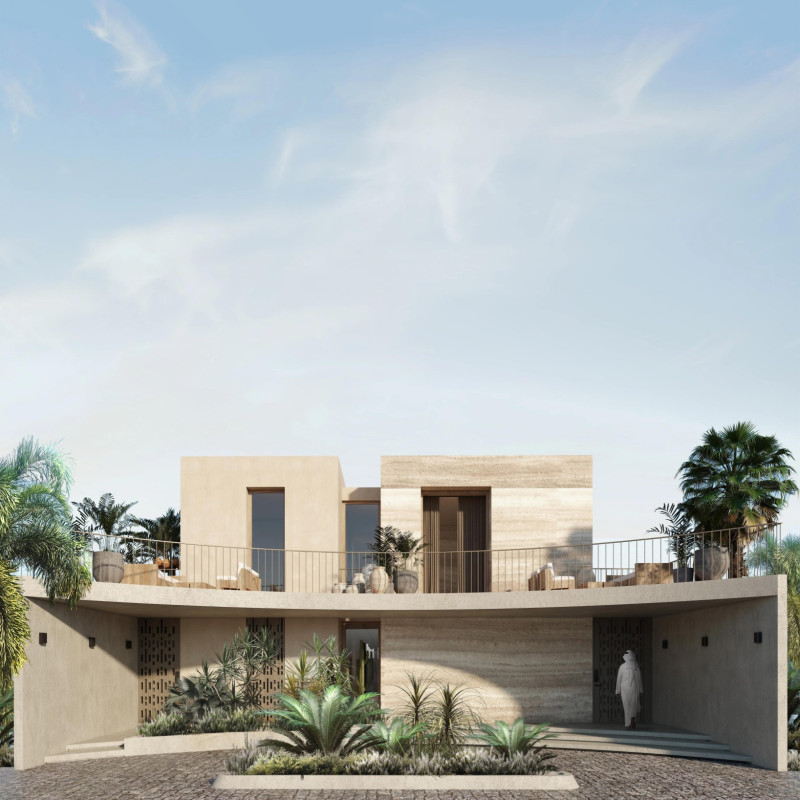5 key facts about this project
This project serves multiple functions, strategically designed to meet both practical needs and aesthetic aspirations. With dedicated spaces for [insert specific functions like community gathering, education, etc.], it fosters a sense of belonging and encourages collaborative activities among its users. The layout is intuitive, with clearly defined zones that allow for seamless movement and interaction, thus optimizing functionality while remaining true to the architectural vision.
In terms of design details, the project features a combination of open and enclosed spaces that create a dynamic interplay of light and shadow throughout the day. Large windows and strategically placed skylights maximize natural light, thereby reducing reliance on artificial lighting and enhancing the occupants' experience. The use of high ceilings in certain areas contributes to an expansive feel, while intimate corners and niches invite contemplation and relaxation.
Materiality plays a critical role in this architectural endeavor. The selection of materials reflects not only aesthetic preferences but also functional considerations. Concrete serves as the primary structural element, ensuring durability while allowing for innovative forms. The warmth of wood can be observed in various finishes, grounding the design in a sense of nature and comfort. Glass elements provide transparency, creating visual connections both within the building and to the surrounding landscape. Meanwhile, steel is employed in structural frameworks, enabling large spans and open areas devoid of excessive walls. Each material is chosen not only for its individual properties but also for how they interact with one another, forming a cohesive language throughout the design.
One of the project’s unique design approaches is its biophilic integration, where the architecture deliberately seeks to connect occupants with nature. This is achieved through features like green roofs, living walls, and outdoor spaces that seamlessly flow into the interior. Such elements not only enhance the building's aesthetic appeal but also contribute to environmental sustainability, promoting biodiversity and improving urban ecology.
Furthermore, the project encapsulates a strong commitment to sustainability. It incorporates energy-efficient systems, including passive heating and cooling techniques, to minimize its environmental impact. The architectural designs reflect an understanding of local climate conditions, optimizing thermal performance and reducing energy consumption. Thoughtfully considered landscaping helps manage stormwater runoff and provides habitats for local wildlife, demonstrating the project’s holistic approach to environmental stewardship.
The presentation of this architectural project invites exploration of its plans, sections, and overall design ideas that underpin its conception. Potential readers and stakeholders are encouraged to delve deeper into the intricacies of the architectural plans and sections, which showcase the thoughtful layout and structural strategies employed. Understanding these elements enhances appreciation for the project’s overall vision and execution.
As the narrative of this architectural project unfolds, its inherent qualities resonate with the community's needs while championing responsible design practices. By exploring the nuances of its architectural forms and functional spaces, one gains a richer understanding of the principles that guided its development. This serves as an invitation to more closely examine the project's architectural presentations and to appreciate the carefully crafted details that define it.


 Ivan Esauh Ascencio Castillo,
Ivan Esauh Ascencio Castillo, 























